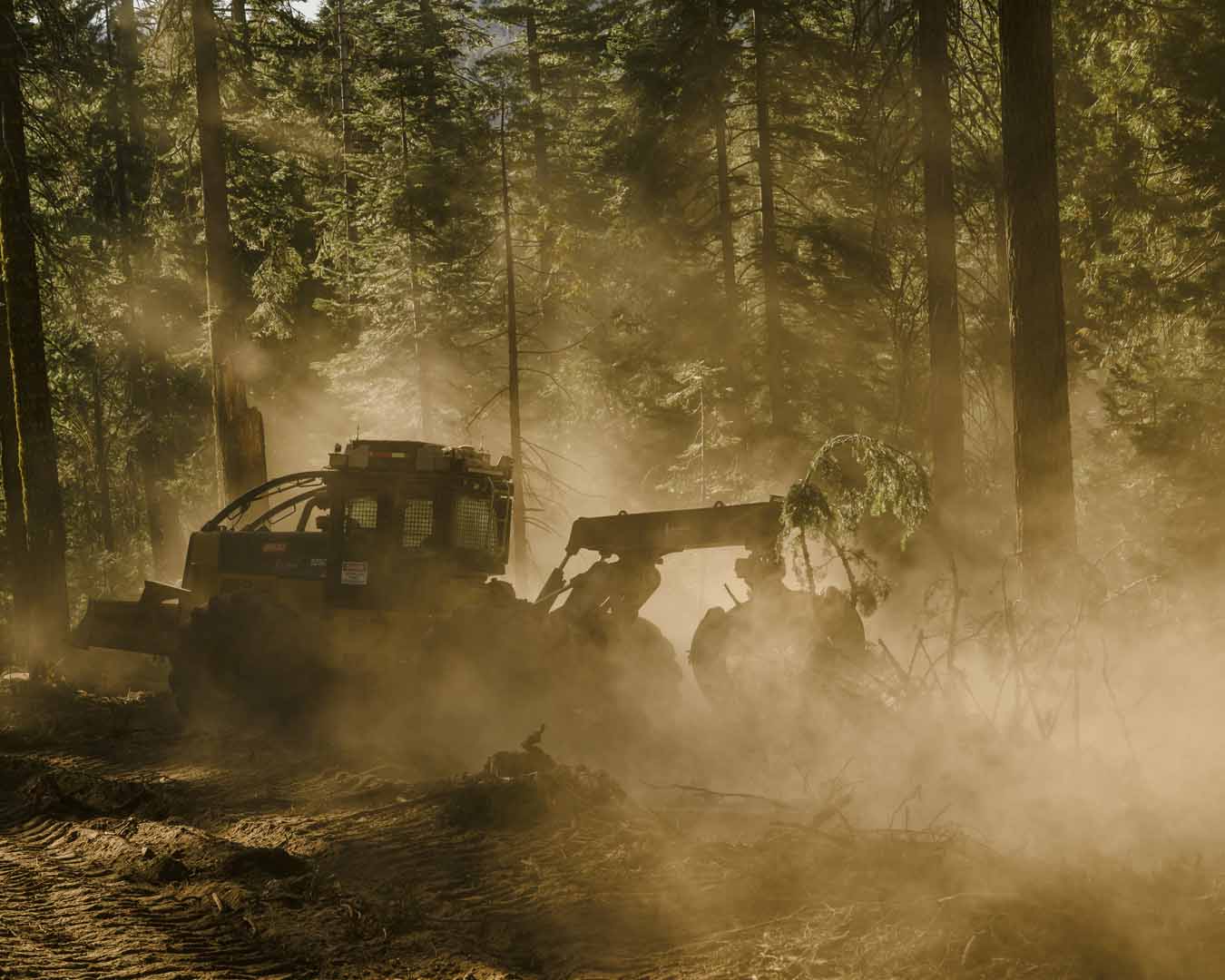Fire
10 WAYS TO PROTECT YOUR HOUSE THIS WILDFIRE SEASON
Simple, affordable ways to protect your home from fire.
Climate change is here and It’s making wildfire season longer, hotter, and more dangerous. Your home is likely the most valuable thing you own – and beyond its price, it holds irreplaceable memories and a sense of security.
Don’t leave your home’s safety, or your family’s future up to chance. Follow these steps to protect your property and give your house the best possible chance of surviving with a wildfire passes.
Fortifying the Outside of Your Home
When it comes to defending you rproperty, the best offense is a strong defense. The goal is to stop a fire from reaching or entering your home.
1. Create a Defensible Barrier
Stop fire in its tracks by depriving it of kindling. Clear flammable vegetation like pine needles, dry twigs and overgrown shrubs from around your home. Replace them with non-combustible materials such as gravel, brick, or concrete. This “defensible barrier” slows or even stops a fire from spreading twords your house.
2. Regularly Clean Roof and Gutters
Embers carried by the wind are the number one way wildfires spread. Cleaning your roof and gutters romoves debris that could ignite, significantly reducing the chance of your roof catching fire.
3. Keep Embers Out of the Attic
Installing 1/8-inch (or smaller) metal wire mesh over attic and under-eave vents to keep embers from entering your home through ventilation openings.
4. Enclose Your Foundation
If your home is elevated, consider enclosing the foundation. This prevents embers from blowing underneath and igniting materials from below – a common cause of home loss during wildfires.
Use Fire-Resistant Materials
The likelihood of your home surviving a wildfire depends on what materials it’s made of.
5. Fortify Your Roof
When replacing your roof, use fire-suppressing underlays such as Polystick XFR or Titanium FR. Metal roofing provides the best protection, but composite fiberglass shingles are good budget-friendly option. Cover exposed wood eaves and ledges wtih fire-resistant paint or materials – untreated wood ignites easily.
6. Seal Gaps
Use fire-resistant caulk, mortar, or expanding foam to seal openings in exterior walls, doors, windows, and roofs. This helps keep embers from sneaking inside.
7. Protect Large Windows
Install dual-pane metal frame windows with tempered safety glass, and apply impact resistant film to the interior side. These steps protect against heat and flying debris. Fireproof shutters provide excellent additional protection.
8. Use Fire-Resistant Spray on Walls
When building or remodeling, use fire-resistant materials for your exterior walls. The firewall spray developed by TPHA adds a thin, cement-and-glass based layer to surfaces, helping prevent them from igniting. It also protects against wind damage and fading for up to 25 years.
Prepare for the Worst
9. Make Sure There’s Water to Fight the Fire
If water is limited where you live, install an external sprinkler system with its own power source, or keep water tanks on hand. You can also fill large containers with water in advance of a fire threat. Never risk your life trying to fight a fire — Leave that to the professionals. And ensure your house number and street name are clearly visible day and night so emergency crews can easily locate your property.
10. Document Your Belongings
For peace of mind, document your home’s contents. Take photos, make lists, and do a video walkthrough of each room. Review your insurance policy regulary – Coverage terms otten change as wildfire risks rise. You don’t want to be caught by surprise.





